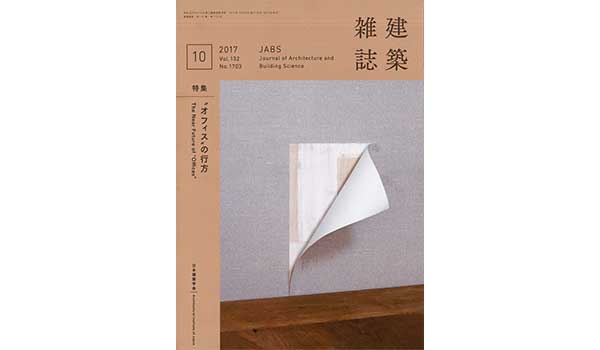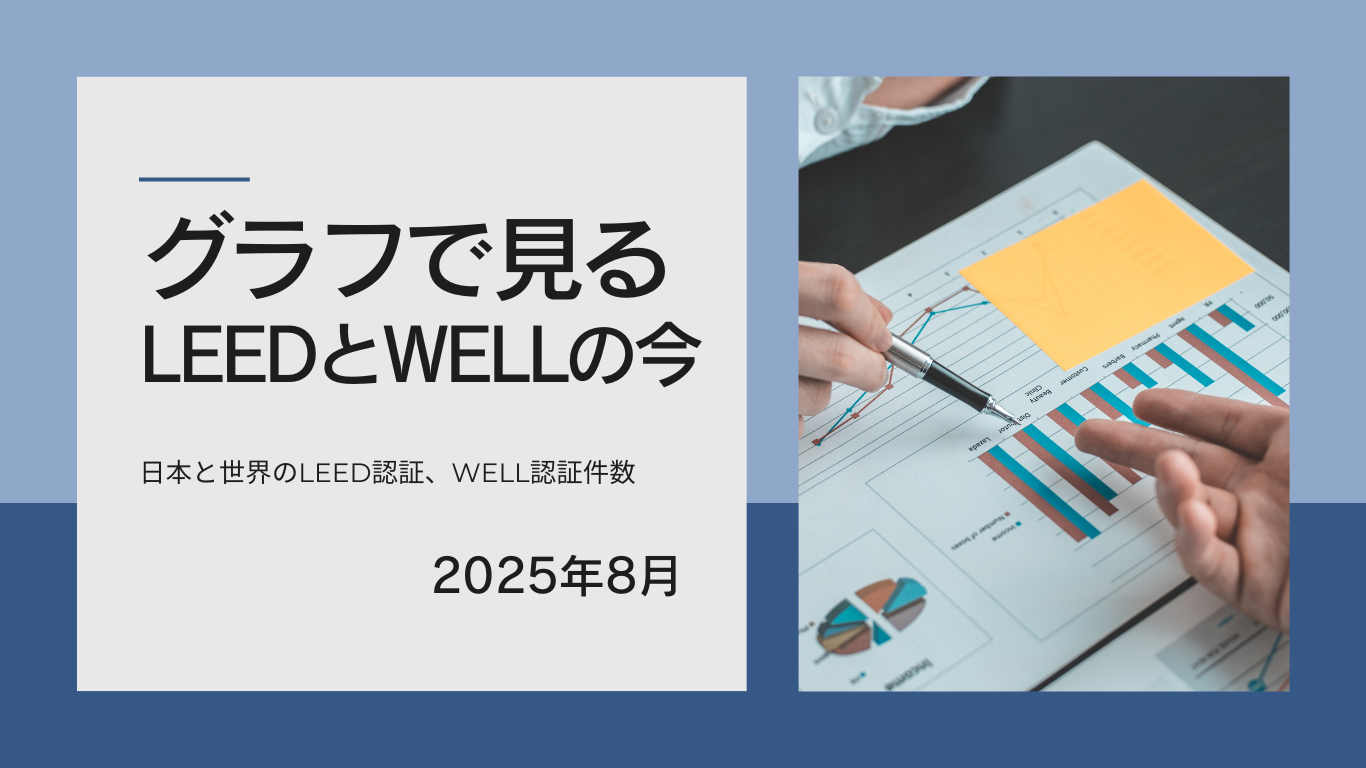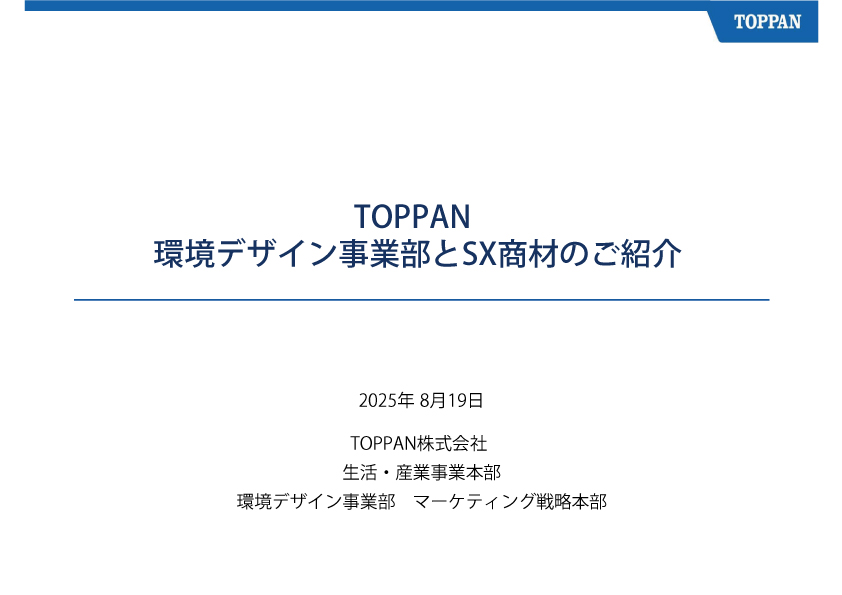
日本建築学会会誌「建築雑誌」10月号特集「”オフィス”の行方」に、「WELL」の提唱者であるポール・シャッラ氏(Paul Scialla、IWBI設立者、DELOS社CEO)による論考〈「WELL Building Standard」のコンセプトと概要〉が掲載されました。
同特集は、近未来の働き方やそれを支えるオフィスのあり方に関するものです。
目次URL: http://jabs.aij.or.jp/backnumber/1703.php
(特集号の担当編集委員および当論考の翻訳を、GBJ理事・今井康博/大林組が行いました。)
目次 │ Contents
「WELL Building Standard」のコンセプトと概要
─建物環境によって人の健康とウェルネスを向上させるための認証プログラム
ポール・シャッラ Paul Scialla
Delos社創設者・ CEO/ゴールドマン・サックス社のパートナーなど、ウォール街での18年間を経て、 WELL Building Standardを運営するInternational WELL Building Institute (IWBI) を創設。 Chopra財団理事、JUST Capital財団設立理事。ニューヨーク大学卒業(金融学)。
1710_Mr_Paul_Scialla
原文
The concept and outline of the WELL Building Standard?
– The certification program to improve human health and wellness through the built environment
Paul Scialla
Not long ago, after 18 years of working on Wall Street, I realized that there was a huge focus on green building and environmental sustainability, but less of a focus on biological sustainability. Today, a growing body of research continues to underscore the impact indoor spaces can have on the health and wellness of the people inside of them. As we spend 90% of our time indoors, it has become increasingly clear that now is the time to bring health and wellness to the forefront of the building conversation. Further, with Real Estate and Wellness being two of the largest and most rapidly growing industries worldwide, I noticed a real opportunity to develop a program that would marry these two concepts. It was this interest in sustainability and altruistic capitalism that eventually led me to develop the WELL Building Standard? (WELL?), the first building standard focused exclusively on the ways that the built environment affects human health and wellness.
Administered by the International WELL Building Institute? (IWBI?), WELL focuses on the environments in which we live, work, play, eat, and learn, and on how those places affects both our minds and bodies. By setting requirements in seven categories that have been scientifically proven to impact the occupant experience, including air, water, nourishment, light, fitness, comfort, and mind, WELL harnesses the built environment as a tool that works in the background to improve our comfort and wellness, drive better health choices, and generally enhance, not compromise, our health.
WELL was developed through seven years of rigorous research in collaboration with leading physicians, scientists, and industry professionals to provide a framework for how to incorporate a variety of strategies to integrate human health and wellness into the heart of building design, construction, and operations. Comprised of over 100 features within the seven core concepts of building performance, WELL take a holistic approach to its monitoring of the built environment in order to deliver both active and passive health benefits to the people inside of these buildings.
Every feature of the WELL Building Standard is intended to address specific issues and building elements that impact the health, comfort, or knowledge of occupants. While each of these elements has been shown to affect wellness in a different way and to a different degree, there are several building elements that have particularly significant effect on human health, including lighting and indoor air quality. Light is the primary driver that aligns our body’s biological clock, our circadian rhythm, with the sun’s 24-hour day. Circadian lighting provides optimum light exposure for different times of day, such as energizing light in the morning and an evening ambiance that prepares the body for rest, and therefore can help improve one’s energy, mood, productivity, and overall sleep quality. The air we breathe is another fundamental component of our health, and poor indoor air quality can contribute to conditions such as asthma, allergies, and other upper respiratory challenges. As such, the WELL Building Standard includes several features that serve to create optimal lighting conditions and indoor air quality to support the health and wellness of building occupants.
While the task may seem daunting at first, incorporating WELL into the built environment is actually much simpler than it seems. Upon registration, all project teams are assigned a WELL Assessor to ensure that the project complies with WELL Building Standard requirements. The WELL Assessor is responsible for a project’s documentation review and performance verification and is an incredibly useful resource to aid in the process. Once a project has decided to pursue WELL Certification, the upsides are vast. Addressing occupant health can help to reduce the largest line item in the 30-year costs of a building ? the personnel ? which accounts for 90% of the building’s costs. Whether it’s a building owner looking to differentiate their space so they can lease out tenants or whether it is companies looking to retain and attract employees, enhance productivity, or potentially reduce health care costs, WELL has the potential to offer a valuable return on investment.
Though WELL is still young, we have already seen a tremendous response from not only the market, but also from occupants of WELL Certified? buildings. An employee survey conducted by CBRE, whose Los Angeles headquarters was the first building to achieve WELL Certification under the pilot program in 2013, highlights the benefits of WELL for both employees and employers. Of the most interesting findings involved in the study, 92% of respondents said that the new space created a positive effect on their health and wellbeing, 83% of employees said that they felt more productive in the new office space, and 94% of respondents said that the new space had a positive effect on their business performance. The rapid adoption of WELL worldwide further underscores the fact that building owners, developers, and operators as well as corporate tenants are taking notice these effects and of the impact healthier indoor environments can have on the people inside of them. Since the launch of WELL v1 in 2014, over 526 projects encompassing over 110 million square feet of real estate have been either registered or certified under WELL in 31 countries. Though WELL v1 is currently optimized for commercial and institutional office buildings and has seen particularly wide adoption among the corporate community, IWBI has developed six pilot versions of the standard to test and refine how WELL can be applied to other building sectors. The pilot programs allow us to solicit feedback from participants so that we can expand the markets that WELL can reach. There are now WELL pilot programs for retail, multifamily residential, education, restaurant, commercial kitchen, and community projects. The most recent of these pilot programs, the WELL Community Standard, is a district-scale rating system, which aims to set a new precedent for city-planning, building, and development by providing a thorough understanding of how communities can employ appropriate, actionable strategies and interventions to promote the health of their residents.
In addition to WELL’s wide range of applicability across various real estate sectors, WELL v1 can be applied to various types of projects including New and Existing Buildings, New and Existing Interiors, and Core and Shell Developments. Our goal is to make WELL as accessible as possible, which is why we offer certifications for both new and existing buildings. This will be further demonstrated through the development of WELL v2, which will incorporate this ethic of simplicity with a customizable approach. We expect the next version of the rating system to be released in early 2018. Furthermore, we make it a priority to keep certification costs as low as possible. Recently, Structure Tone’s New York City headquarters became the first office project in New York City to achieve WELL Certification, and it was able to do so for incremental costs of less than $1 per square foot. Costs vary by project, of course, but given that WELL is still young, this low-cost achievement is very encouraging and underscores the fact that WELL building decisions are not necessarily more costly decisions, but simply more conscientious decisions.
I am incredibly proud of how much WELL has grown since its launch just three years ago. WELL recently crossed the 110 million square foot threshold for registered and certified projects in more than 31 countries around the world. This is a significant milestone in our effort to advance the idea of healthier people through better buildings. WELL’s rapid expansion indicates that healthy building may soon become the new normal. Rather than looking toward a future of buildings that support wellness, we’ll look at the past and say, “Remember when we didn’t consider the human condition when designing these spaces that we spend 90% of our lives in? What were we thinking?”
By Paul Scialla
After 18 years on Wall Street, including 10 at Goldman Sachs as a Partner, he established the International WELL Building Institute (IWBI). The Founder and CEO of Delos, and a member of the Board of Directors for the Chopra Foundation, and a founding board member of the JUST Capital Foundation. Graduated from New York University with a degree in finance.




